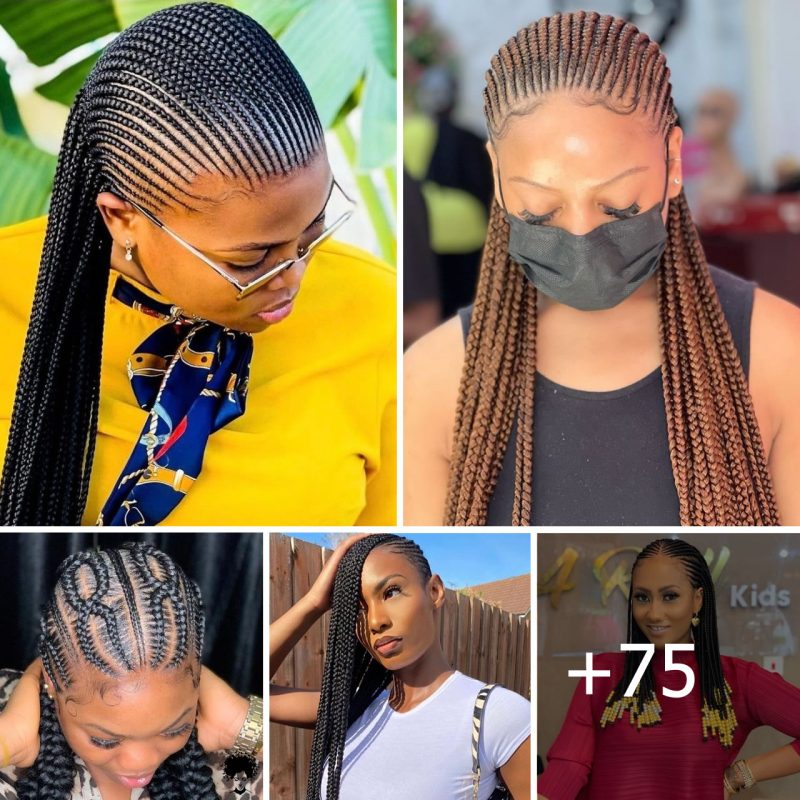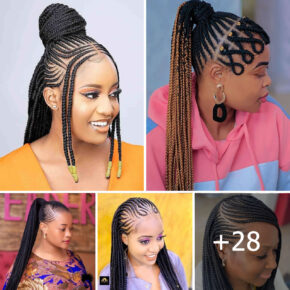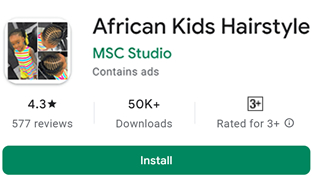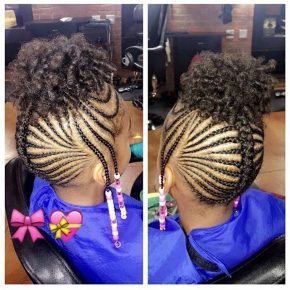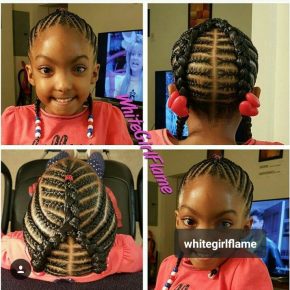It is possible to reduce these spills, which are experienced during the seasonal changes, with various care measures and treatments. First of all, it should be known that washing your hair every day, thinking that your hair is oily, will lead to an increase in dandruff and hair loss by destroying the protective layer in the bottom. The most healthy hair is washed 2-3 times a week with a pH 5.5 shampoo. In addition, warm water should be used instead of very hot water during washing. Products such as jelly, briyantin should not be left in the hair for a long time.
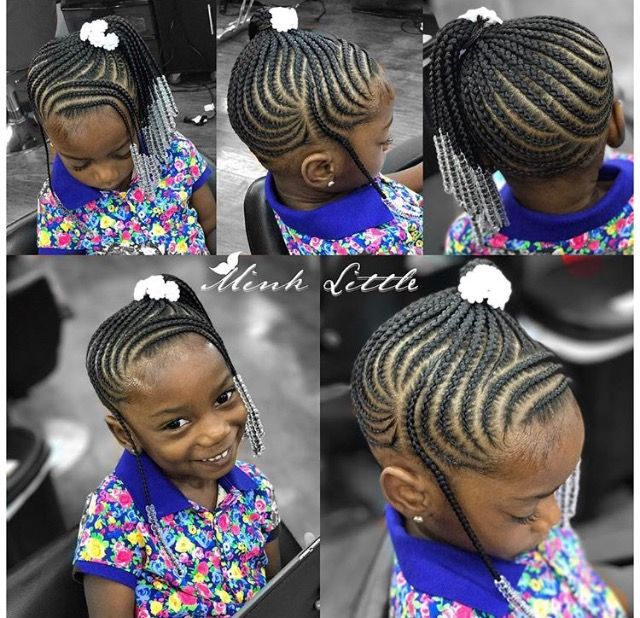
During seasonal changes, children’s hair can be more prone to dryness, frizz, and damage due to shifts in weather. To keep their hair healthy during these times, a few key steps can help maintain moisture and strength while preventing breakage.
1. Hydration is Key: Just like their skin, children’s hair needs proper hydration, especially during the colder months or dry, windy weather. Use a gentle, moisturizing shampoo and conditioner to help lock in moisture. Look for products with natural ingredients like aloe vera, shea butter, or coconut oil to nourish their hair.
2. Protective Styles: Braided hairstyles or twists are excellent for keeping kids’ hair protected during season transitions. These styles reduce exposure to the elements, minimize tangling, and help retain moisture. Protective hairstyles like box braids or cornrows also reduce the need for frequent styling, giving hair a break.
3. Regular Trims: To prevent split ends and encourage healthy growth, regular trims are important, especially when the seasons change. Removing damaged ends ensures that hair stays strong and resilient.
4. Use Leave-In Conditioners: Applying a leave-in conditioner or lightweight oil, such as argan or jojoba oil, helps seal in moisture and protect the hair from the drying effects of colder air or summer heat. A leave-in spray can also make detangling easier, reducing breakage.
5. Gentle Brushing and Combing: Use a wide-tooth comb or a soft-bristle brush to gently detangle their hair, especially after washing. Always start at the ends and work your way up to avoid tugging and breakage.
6. Cover Hair When Needed: For colder months or windy days, consider using a hat or scarf to protect your child’s hair from harsh weather. In the summer, a sun hat can shield their hair from excessive sun exposure, which can dry it out.
By following these steps, you can ensure your child’s hair stays healthy, hydrated, and strong during the changes in seasons. Proper care and protection will help them avoid damage and keep their hair looking beautiful all year round.

